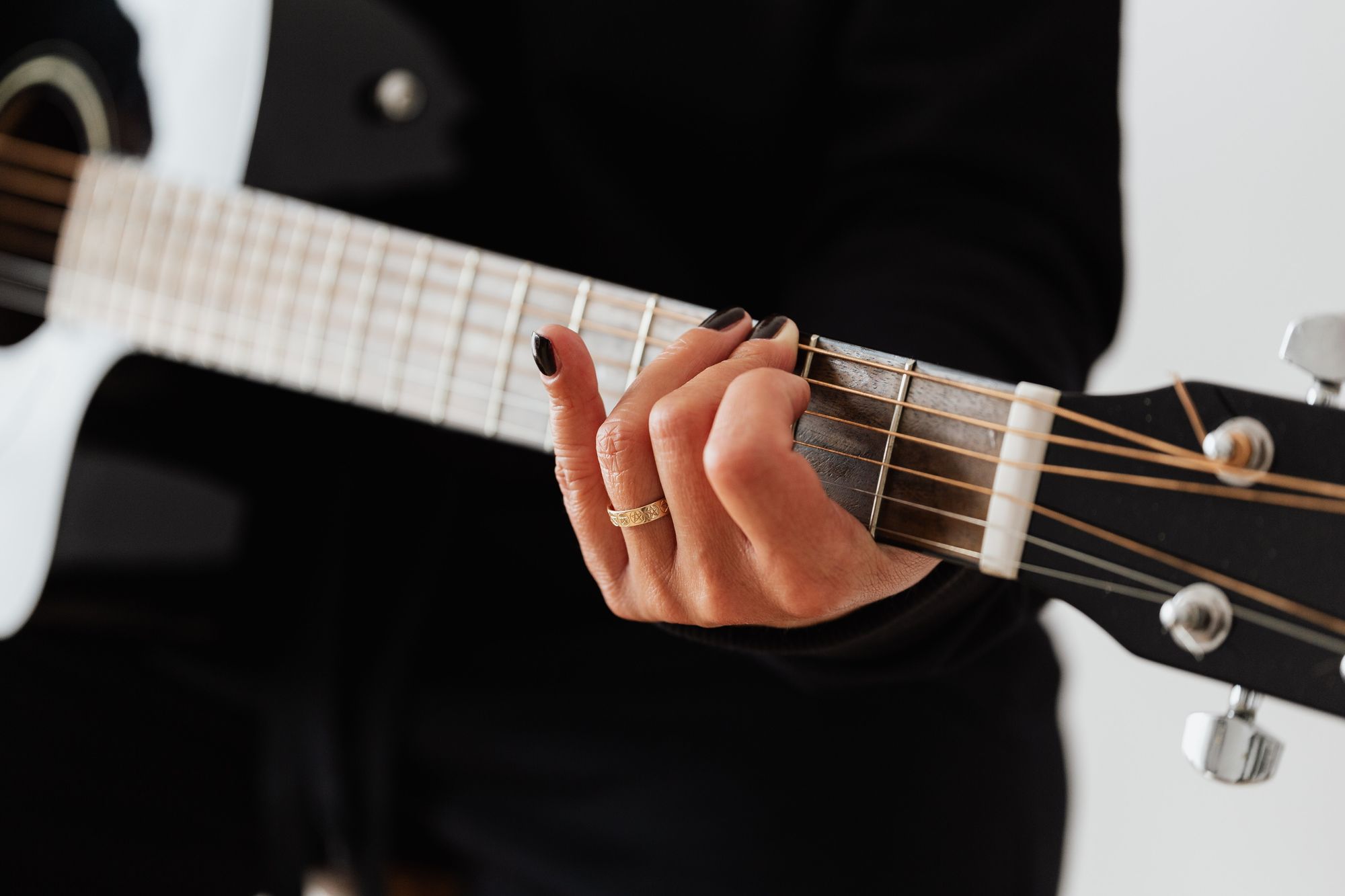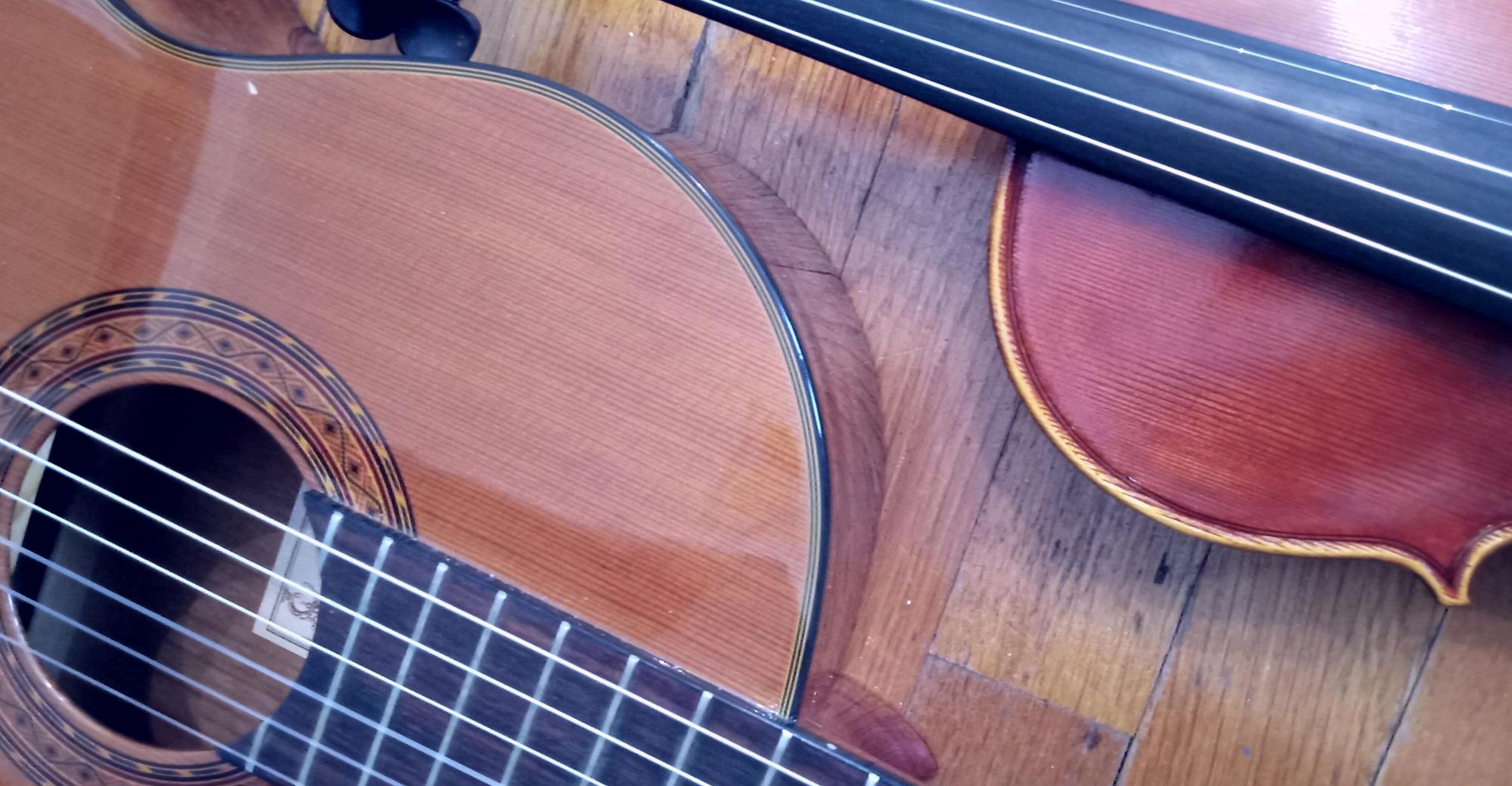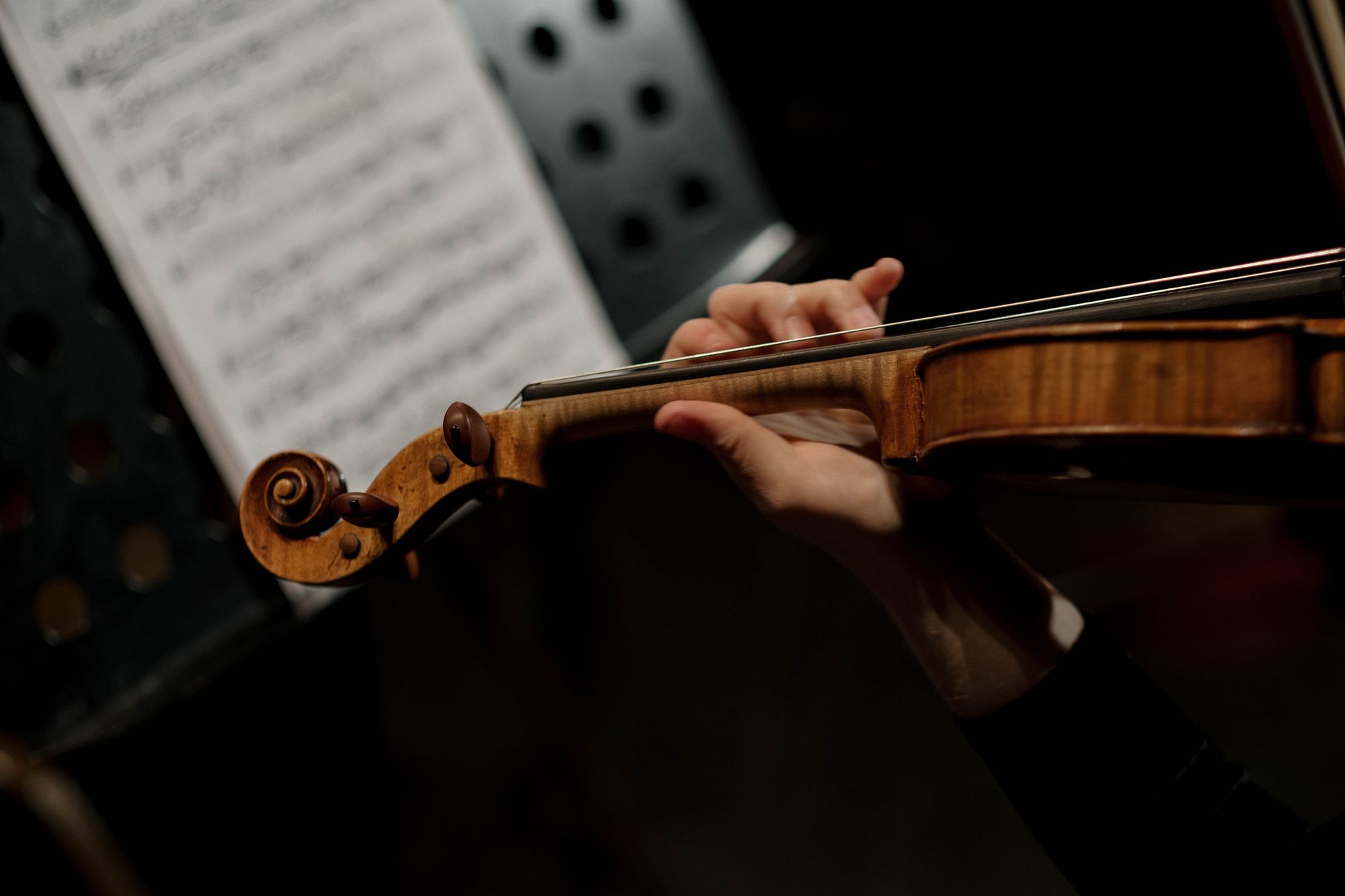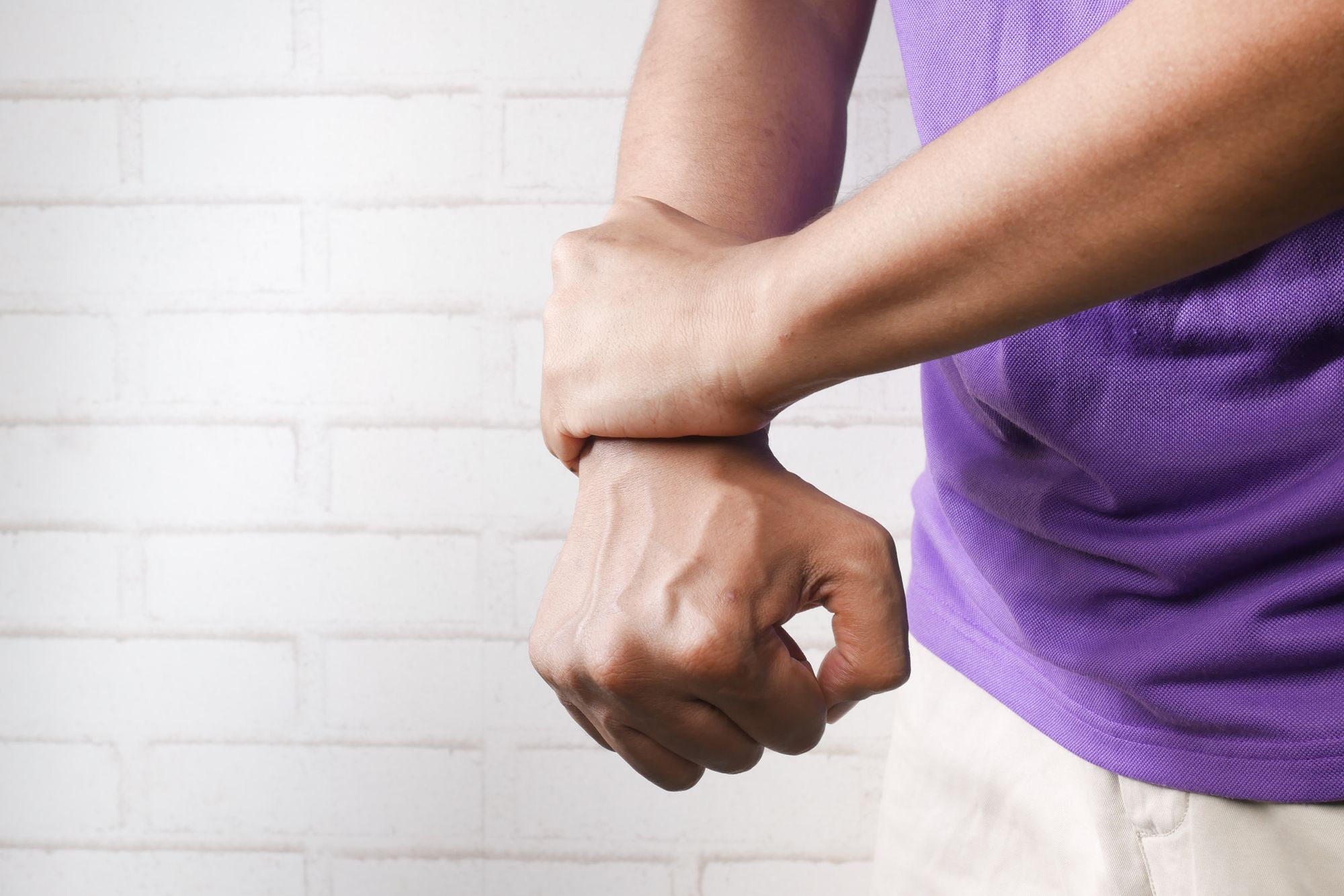Realities of musical performance and injuries
There is a real danger musicians must consider: 50 to 76 percent of professional musicians have reported sustaining musculoskeletal injuries at some point in their careers.
There is a real danger musicians must consider: injury. According to the August 2018 U.S. Bureau of Labor Statistics, 50 to 76 percent of professional musicians have reported sustaining musculoskeletal injuries at some point in their careers. Performing with an instrument will undoubtedly come with varying levels of discomfort and possibility for injury, but the repetition and stress can affect any player—from seasoned professional to absolute beginner.The risk of injury is a pitfall that can seriously hinder any player. And that risk rises when a musician plays an additional instrument.

When I began playing guitar two years ago, I was excited to begin a new musical adventure. I had previously played the violin for several years, but it had been so long since I had last played that I wasn't concerned about the difference in physical demands between the two instruments. I was five months into my new guitar-playing bliss when the realization hit that I was also still in love with my violin and needed to go back to playing that as well. I made practicing both instruments an everyday commitment in my life. At first, it seemed simple enough. I was fully immersed in the joy of reuniting with my beloved violin, while learning new and challenging things with my new and exciting instrument, the guitar.
Then the pain started.
The first problem was fairly obvious: the disproportionate sizes between the instruments. The guitar is huge compared to a violin, which also meant that group of larger muscles was necessary to play it. I had two immediate problems: 1) as a beginner on guitar I was full of tension, holding and navigating a much bigger instrument than I was used to and 2) I was carrying all of that extra tension straight to my violin! Not good!

Repetitive motion injuries. Acute vs chronic injuries
Playing music may cause chronic or long-term injuries, but acute (sudden) injuries can also occur. One key is to prevent acute injuries from becoming chronic. But do we always know initially the moment you've become injured? We don’t. The subtle, oftentimes imperceptible, change that signifies an injury needs to be identified as soon as possible, rather than shrugged off in our zeal to practice.
What are some of these 'quiet' signs that something may not be right? Fatigue can be a warning. There is always going to be some fatigue involved in playing an instrument. right? One way to manage fatigue is through frequent and well timed breaks, which are essential while moving between instruments. Professional electric guitarist and flamenco performer Jose Tanaka has said that he always takes a 45-minute break before switching from his acoustic to electric guitar. It is equally important, he indicated, to stylistically prepare for the switch as speed on an electric guitar requires a much lighter touch than acoustic playing.
Another sign is soreness of a different type from the normal ones you get from a good practice session. Watch out for sore areas which emanate from deep within a joint or tendon, and aching can definitely be a sign of trouble. The pain I was experiencing as I was moving between my guitar and violin was very clearly of the dangerous kind. I was experiencing overt pain and stress in multiple areas at the same time! My wrist, forearm and right hand were all in deep, aching pain. On top of that, I wasn't taking appropriate breaks before moving to my violin!
In addition to watching for fatigue and soreness, there are a few other factors for all musicians, but especially multi-instrumentalists, to consider: technique, bad habits, length of practice sessions, and the possibility of old injuries becoming new ones!

Technique
Always check your technique to make sure joints are lined up as efficiently as possible and with the best posture for the instrument you are playing. The “traditional” way is not always the safest way. In a March 2003 paper titled Flamenco Guitar as a Risk Factor for Overuse Syndrome, it was observed that "Flamenco guitarists report tension in the upper extremities with much higher frequency than classical guitarists. (81.3% vs. 56.3 %). It is believed to be the result of differing technique and playing styles.” Watch yourself in the mirror or when recording a WIP for Tonic to see if you are stressing your joints when you play.
Bad habits
Be extra careful while building your technique to correct any bad habits, tension, or poor posture before they become ingrained, especially if you have recently added a second instrument. Techniques that are good on one may be detrimental on the other. Conversely, some of your good habits and proper technique may cross over to your other instrument, such as straight wrists, light touch, etc. One of the surprise benefits that I received by adding a second instrument was that my fourth finger actually became stronger from playing guitar and benefited my violin playing!
Consider the order in which you play your instruments. The first thing that I found helpful was to always practice my violin before my guitar. The amount of large muscle/tendon use required for playing guitar simply left me in twisted knots. I have since learned how to safely play them in any order, but it took months!
Length of practice sessions
You may find that it is best to limit the amount of time you spend on each instrument. I generally practice half the amount of time daily on my guitar than I do on my violin. That may change in the future, but it’s what works best for me right now to maintain my health. It is also better to spread your practice out throughout the day and take frequent breaks rather than pile it together in a marathon session. If an injury occurs or you feel any sharp or shooting pains, STOP immediately! Ice it and rest. Do not play again until you can play without pain.

Old injuries becoming new injuries
I was recently practicing a new and difficult guitar chord which didn't cause any discernible pain at the time. But the next day when I picked up my violin, as soon as I started to practice I felt immediate and sharp pain in my left fourth finger. I had injured the joint of that finger several years before and the pain had a tendency to show up unexpectedly. If you have vulnerable areas or weaknesses, identify them and look for ways to reduce risk of injury, and modify technique if necessary.
It is imperative that we remember to stop if it hurts! It's okay to take breaks or even time off from playing—everyone's body is different. Even within proper playing technique there are different ways that playing music can be accomplished safely and according to our unique individual bodies. If we pay close enough attention to what our bodies are telling us, we can, in many instances, prevent injuries to ourselves and enjoy many years of pain free, enjoyable music-making!
